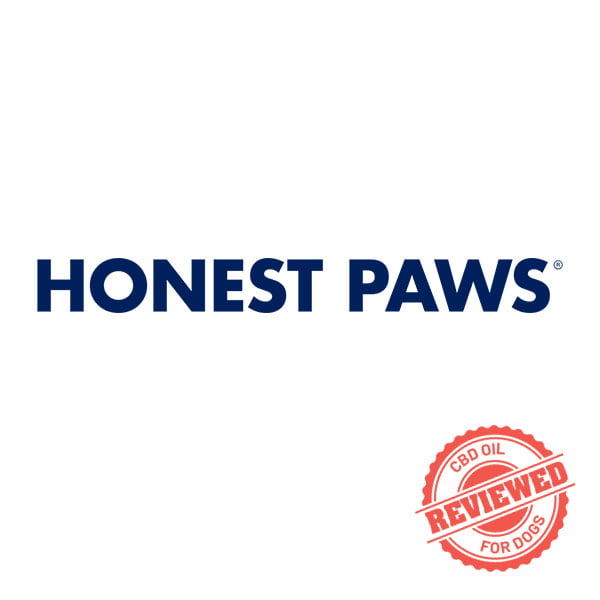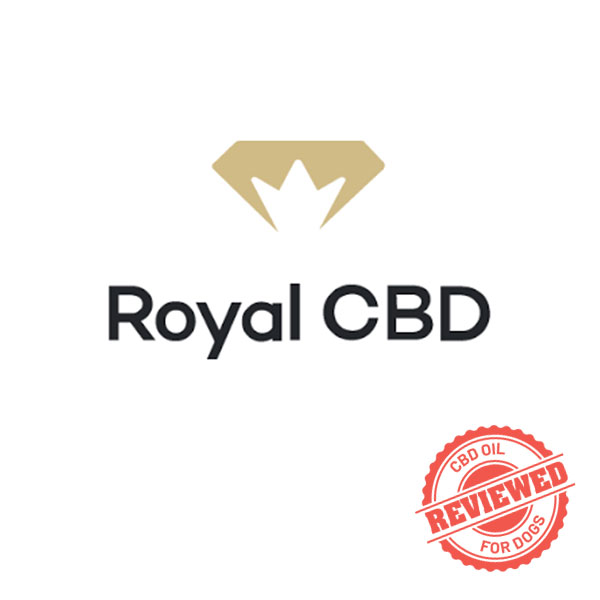Knowing when your dog has a toothache is not always a straightforward matter. Dogs are good at hiding pain or discomfort—some say due to their evolutionary history in the wolf pack. This means that pups may not let you know when they’re experiencing dental issues.
Diagnosing tooth or mouth pain in dogs
Signs that something is amiss with your dog’s oral health have some crossover with our own dental symptoms, so think:
- bad breath,
- visible bacteria,
- wincing when touched around the mouth,
- chewing on one side of the mouth.
Other symptoms that dogs may display include excess drooling, reluctance to eat, and sneezing or nasal discharge.
Why are dogs susceptible to tooth pain?
It can help to think of your dog’s mouth and nose (their snout) as the equivalent of their hands—it’s their main tool for exploring and understanding the world, picking up objects, and generally navigating their surroundings.
With so much for their mouths to do, it’s not surprising that dogs’ teeth can wear down more quickly than other parts of their body. As a result, it’s estimated that up to 85 percent of pets over three-years-old would benefit from some form of dental routine.
When oral damage is left untreated or monitored, tooth pain begins. The most common underlying reasons behind canine tooth pain are breakages, swollen gums, and a general lack of hygiene (cavities or tartar build-up). If issues continue to go untreated, dogs may develop an infection or other systemic problem.
Home treatments for tooth pain in dogs
While it’s difficult (and not recommended) to tackle the cause of tooth pain at home, there are several steps owners can take to help ease pain for dogs prior to receiving treatment from a veterinarian.
Most human medications are not appropriate for use on dogs—especially NSAIDs, which can prove highly toxic. Instead, stick to these recommend pain relievers:
Do I need to brush my dog’s teeth?
Yes! Your dog’s teeth are one of its most important assets, so anything you can do to help them retain a working set for life is definitely worth it. That said, many dogs are reasonably responsible when it comes to looking after their own oral health—hence their love for bones, branches, and general chewing.
As an owner, take time to think about your dog’s natural teeth maintenance routine, then work out ways to supplement their behavior. Could they benefit from a manual brushing once per month? Or do they need a few more bones and hard treats?
Here are five tips to prevent tooth pain and keep your dog’s mouth in great condition:
So even if you’re considering using an all-natural toothpaste on your dog, be sure to carefully read over the ingredients for any possible toxins.



